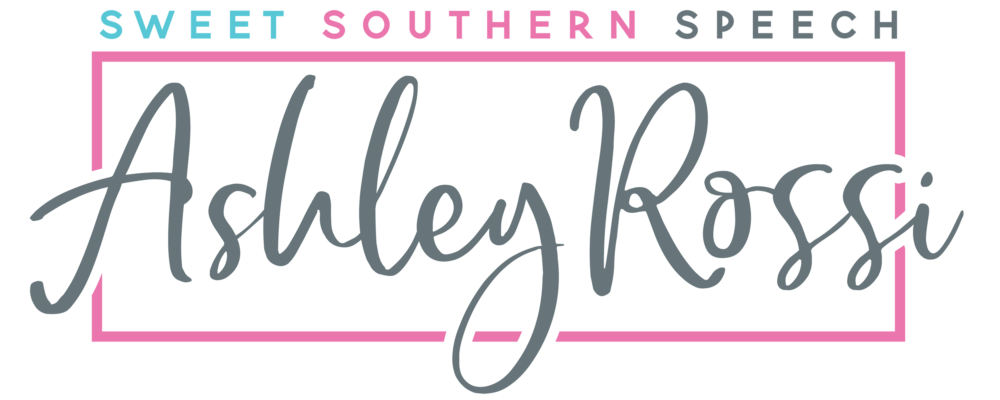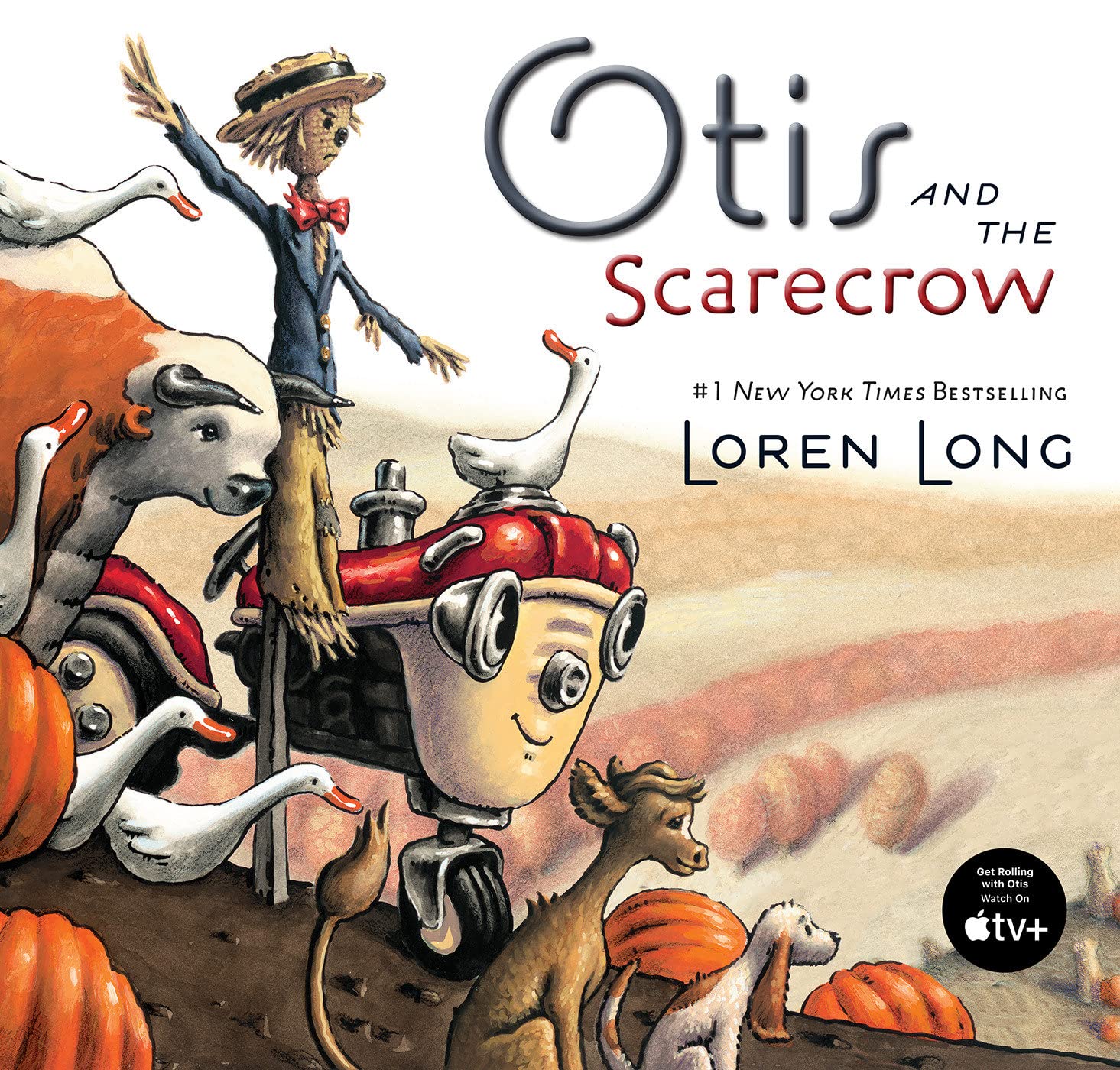On the farm where Otis the tractor lives, the farmer has introduced someone new—a scarecrow to shoo away the pesky crows. But when Otis and the animals greet the scarecrow with friendly smiles, the scarecrow’s frown never leaves his face. So everyone leaves him alone. Then one day, when a cold autumn rain sets in, Otis and the animals snuggle close and play Otis’s favorite game: the quiet game. Otis knows the puppy and ducks can’t sit still for long, and soon the farm friends begin to giggle and squirm, feeling warmed by one another’s friendship . . . but on this day, Otis can’t seem to take his eyes off the lonely figure in the cornfield. A deeply resonant book about subtle acts of compassion and standing up for others, featuring everyone’s favorite tractor, Otis.
This adorable fall book can be used in speech therapy to address social/emotional issues like acceptance. It is also great for noticing character expressions and for targeting describing and complex sentence structures as well as for /t/, /s/, /sk/, /r/ and /kr/ sounds! Discover more of the speech and language teaching concepts for using Otis and the Scarecrow in speech therapy below:



